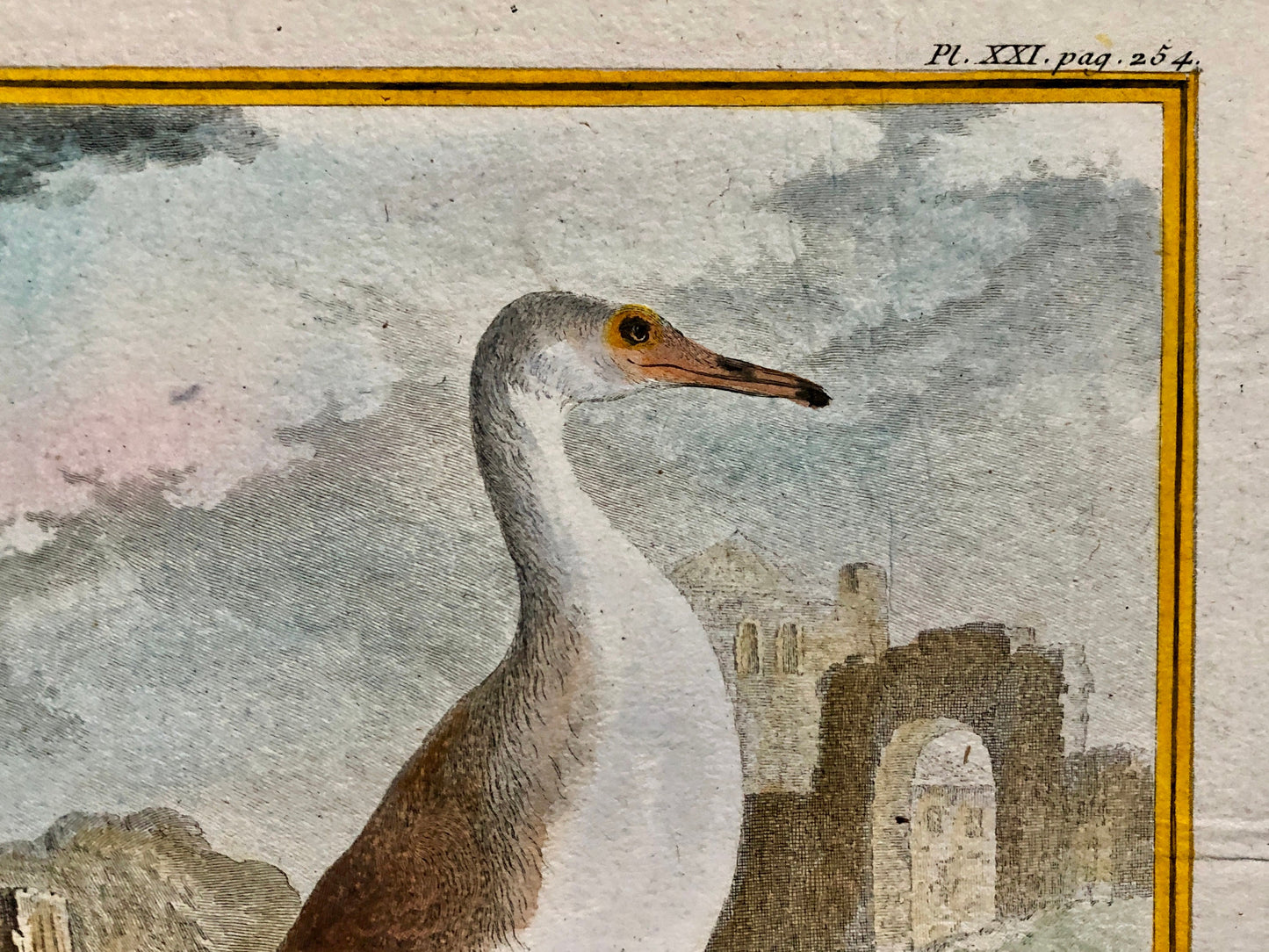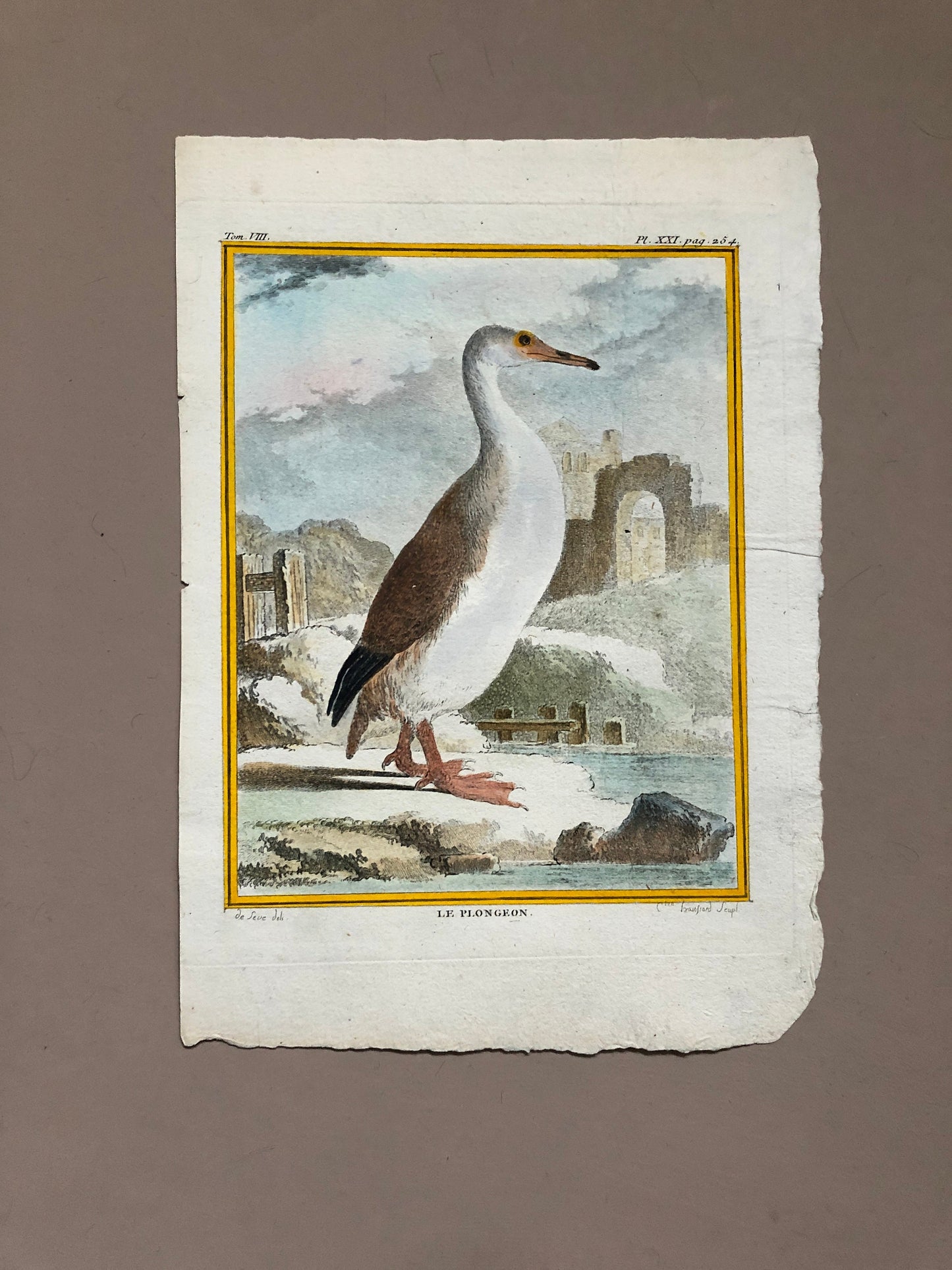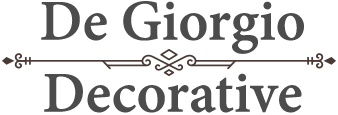My Store
Le Plongeon. A Hand-coloured Engraving From “Histoire Naturelle Des Oiseaux” by Buffon. Excellent Condition. Size: 27 x 19 cms.
Le Plongeon. A Hand-coloured Engraving From “Histoire Naturelle Des Oiseaux” by Buffon. Excellent Condition. Size: 27 x 19 cms.
Couldn't load pickup availability
A hand coloured antique engraving entitled Le Plongeon.
From ‘Histoire Naturelle Des Oiseaux’ by George-Louis Leclerc, Comte de Buffon.
Published by L’Imprimerie Royale, Paris between 1770 and 1786.
36 volumes of Histoire Naturelle were published during the author’s lifetime with a further eight being produced after his death by Leclerc’s friend Bernard Germain de Lacépède.
Born a man of modest circumstance George-Louis Leclerc secured a massive inheritance from his godfather. With this he travelled to Paris where, after some study, he earned a position as Head of Le Jardin du Roi, a major botanical garden in the city. Here he started his studies of plants and animals in earnest, collecting vast numbers of botanical and zoological specimens and turning the park into an institute of research.
Le Plongeon translates as The Loon. Loons are the size of a small goose. Unlike that shown in the picture they do not comfortably stand upright since, unlike ducks that have feet beneath their bodies, loons have feet at the rear. This position makes them powerful swimmers and excellent hunters of fish. They spend all their life on the water, coming on land only for the purpose of mating and nest building. The name loon derives from archaic words for awkward or clumsy; this a reference to its difficulty walking. The loon has a melancholy call that transmits over long distances. To the human ear it sounds eerie since it is most likely to be heard at night.
Size: 27 x 19 cms or 10 1/2 x 7 3/8 inches.
Condition: Near Fine. There is a faint spot of foxing on the right hand side of the coloured part of the image; but it is other fresh and clean. The white surround is only slightly marked. The paper upon which the image is lightly creased and uneven in shape. This is usual for paper produced at that time. There are two bits of paper attached to the reverse side that were probably once used to affix the print to a mount.
Share
















